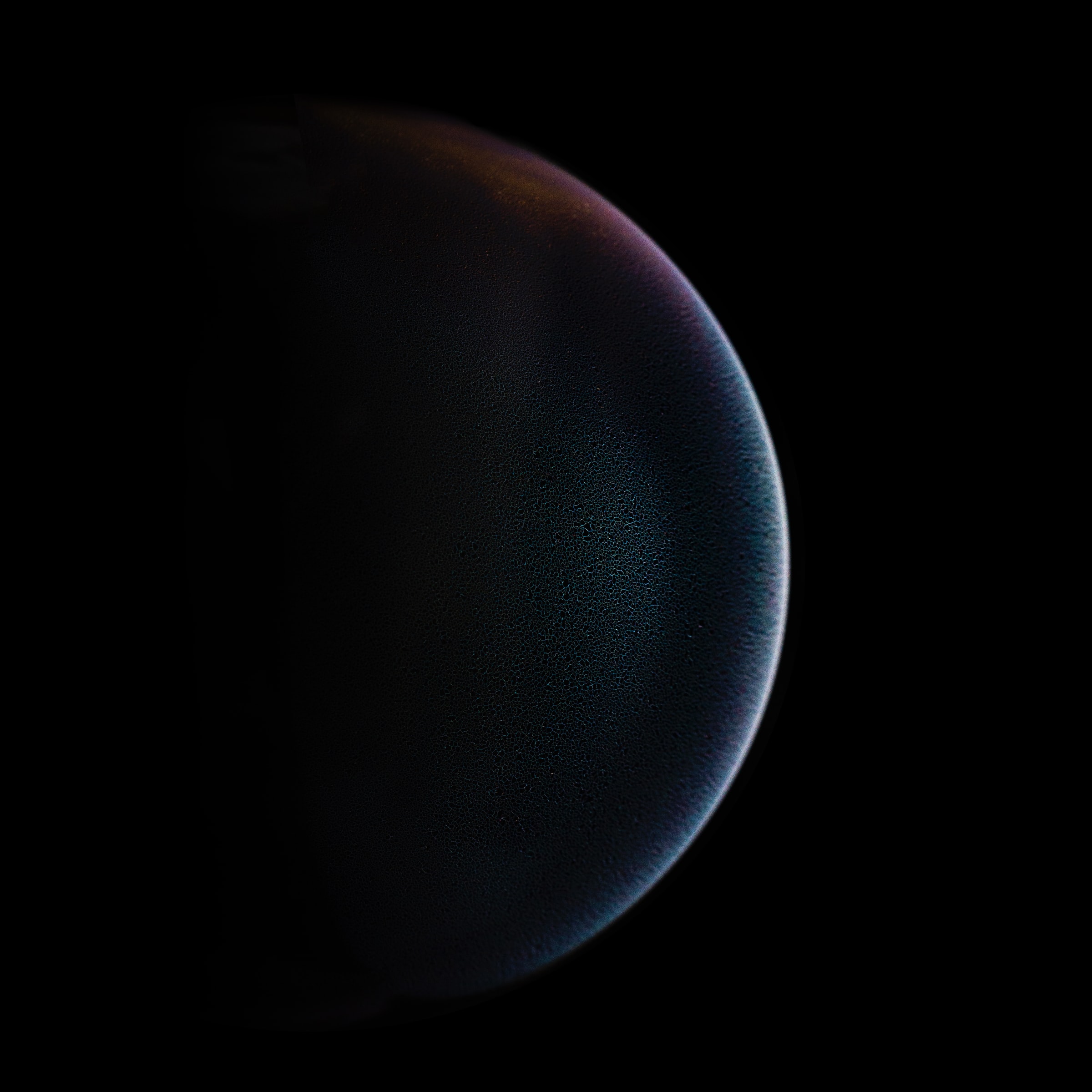It seems like a philosophical question to ponder what life is. Although much of biology informs us of how life operates on Earth, this science also confines itself to Earth.
The only “life” we know of is the life on this planet. It is the product of a suitable environment, a series of serendipitous accidents, and lengthy evolutions spanning millions of years.
Yet looking at potential life outside our current world, astrobiologists can only expand what we know to be life.
For instance, what we call life today centers around water, cells and cellular components, proteins, and sequences of nucleic acids that encode information.
The chemistry of terrestrial life is due to seemingly-random processes. The way life works is just how it came to be, and without any apparent design. For this reason, it is highly unlikely life—should it emerge elsewhere in the universe—would bear these characteristics of terrestrial life.
To Characterize Life
A definition of life that biologists commonly use may consider life a self-sustaining process, with cellular organisms that respond to stimuli and adapt, and can reproduce, grow, and evolve. NASA, along with many astrobiologists, however, frequently use a more nebulous definition. They consider life “a self-sustaining chemical system capable of Darwinian evolution.”
The search for extra-terrestrial life tries to identify biosignatures—molecules that can suggest the existence of life—on other planets and bodies. These signatures, however, are not easy to identify simply because it’s uncertain what they may be.
Water—an important medium for many chemical processes in life—is a good sign. The polarity of water molecules allows many similarly polar molecules to dissolve and interact. Yet researchers suggest other compounds, like ammonia or formamide, could also serve a similar role as a solvent for life.
Similarly, while carbon forms the structure of molecules involved in terrestrial life, silicon could possibly do the same on account of their similar atomic properties.
The nucleic acids, such as DNA, which instruct the production of amino acid chains, may find their analogues in other systems of coding genetic information.
Indeed, overall, in almost all definitions of life, the requirement of evolution is present. Life must be able to change over time in response to external factors, and genetics form the basis of retaining information across time.
Altogether, we can’t be sure of the specifics of life outside of Earth—and, obviously, if it even exists. But there are certain requirements for something to be considered life, as we would recognize it.
Researchers have also speculated that, rather than looking for special signatures, we may find better success looking for patterns in how specific molecules are used and their abundance.
Or perhaps, there are existences outside even the broadest and most abstract definitions of life. Something that could blur lines between inanimate and animate entities.
But all of that is food for thought and speculation.
Further Reading:
- Wikipedia, “Hypothetical types of biochemistry”
- The Economist, “How to improve the search for aliens”
Image Sources: Featured


